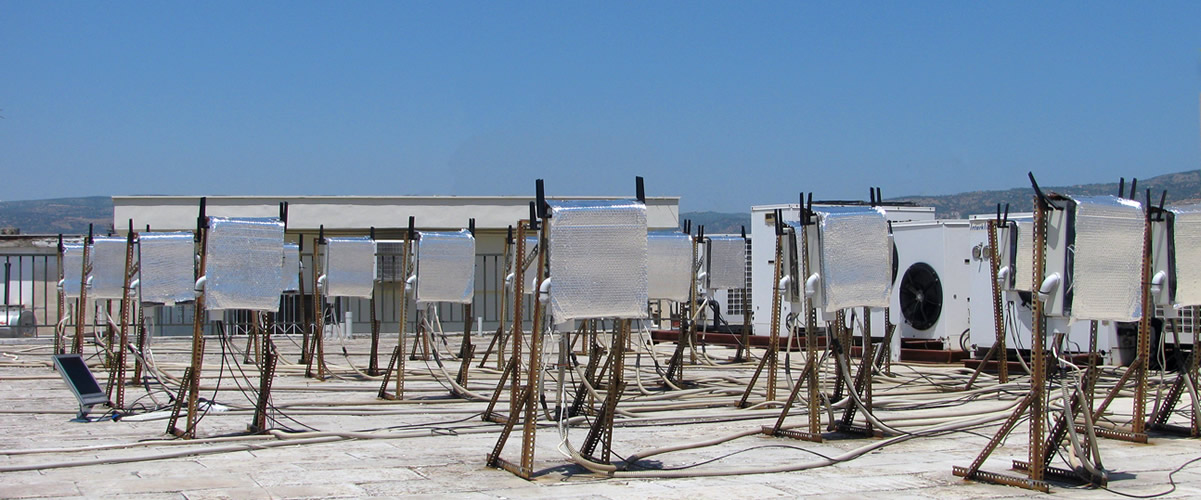Opnex
A STREP Project – FP7 – INFO – ICT – 224218
IST OPNEX – Optimization driven Multi-Hop Network Design and Experimentation
OPNEX delivers a first principles approach to the design of architectures and protocols for multi-hop wireless networks. Systems and optimization theory is used as the foundation for algorithms that provably achieve full transport capacity of wireless systems. Subsequently a plan for converting the algorithms termed in abstract network models to protocols and architectures in practical wireless systems is given. Finally a validation methodology through experimental protocol evaluation in real network test-beds is proposed. OPNEX will use recent advances in system theoretic network control, including the backpressure principle, max-weight scheduling, utility optimization congestion control and primal-dual method for extracting network algorithms. These approaches exhibited already vast potential for achieving maximum capacity and full exploitation of resources in abstract network models and found their way to reality in high performance switching architectures and recent variants of TCP that embody the primal-dual optimization principle.
Wireless, the fastest growing component of internet today, is also the least understood for the designer due to mobility, rapidly changing topology, radio link unpredictability and volatile load distribution among others. Current approaches used in practice for multi-hop wireless, the basic communication infrastructure for sensor network extensions of the internet, are mostly empirical and heuristic. Our system optimization approach will provide a rigorous integrated system design framework from physical up to network and transport layer that renders itself to validation and comparison with the theoretically optimal performance in terms of throughput, spectrum and energy utilization. The adopted approach on decentralization, communication and computational complexity reduction as well as autonomous operation will lead to implementable algorithms and architectures to be validated eventually in the proposed testbeds.
Project's website: http://www.opnex.eu/
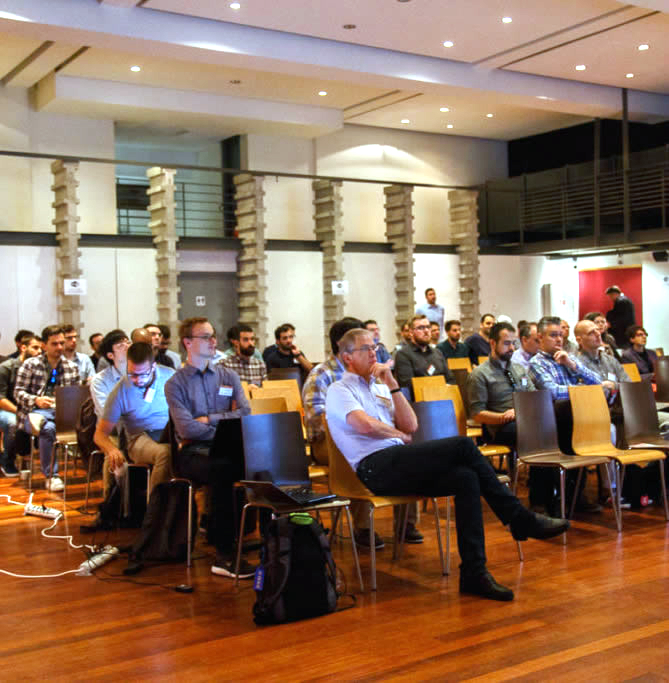
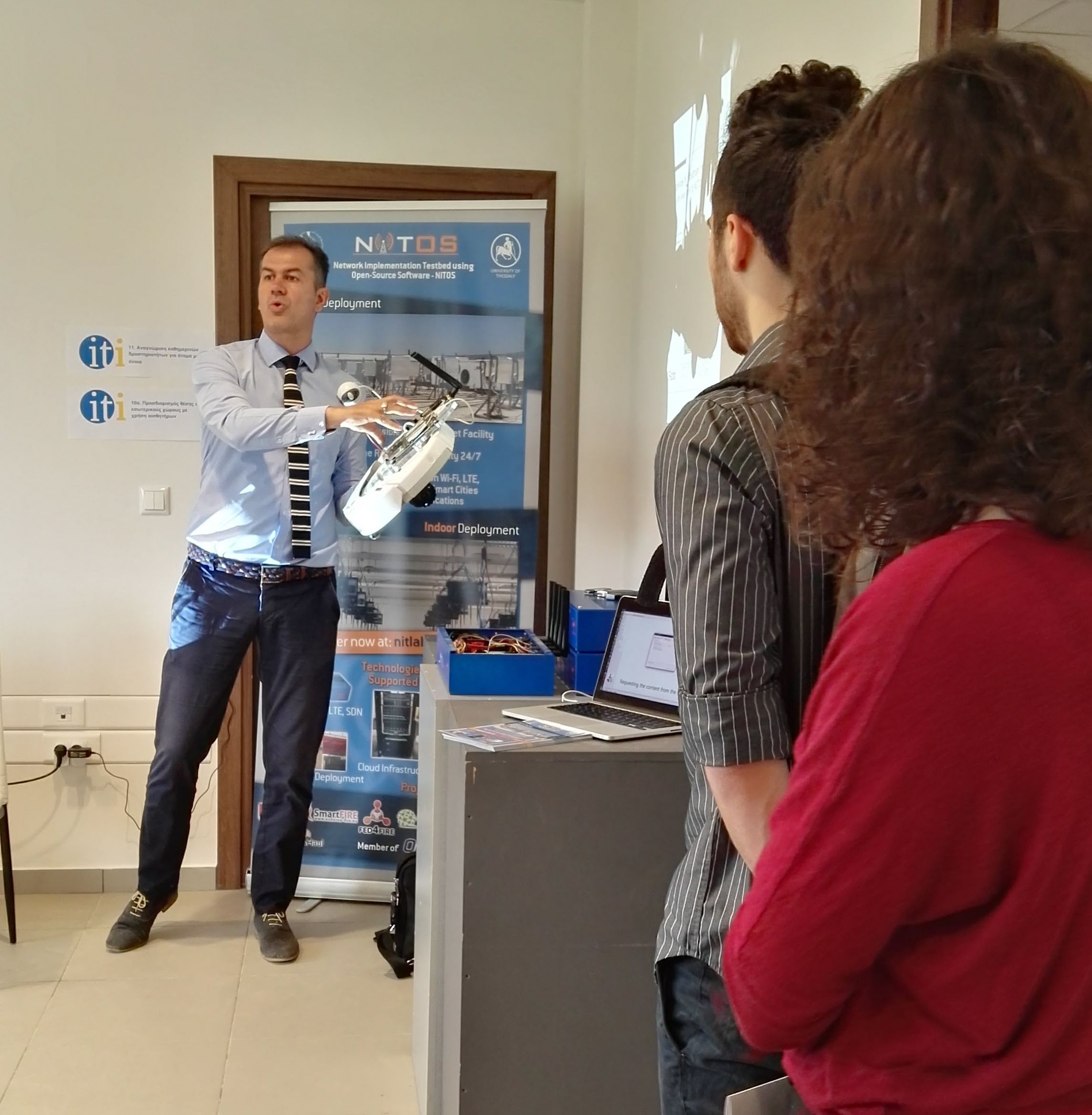
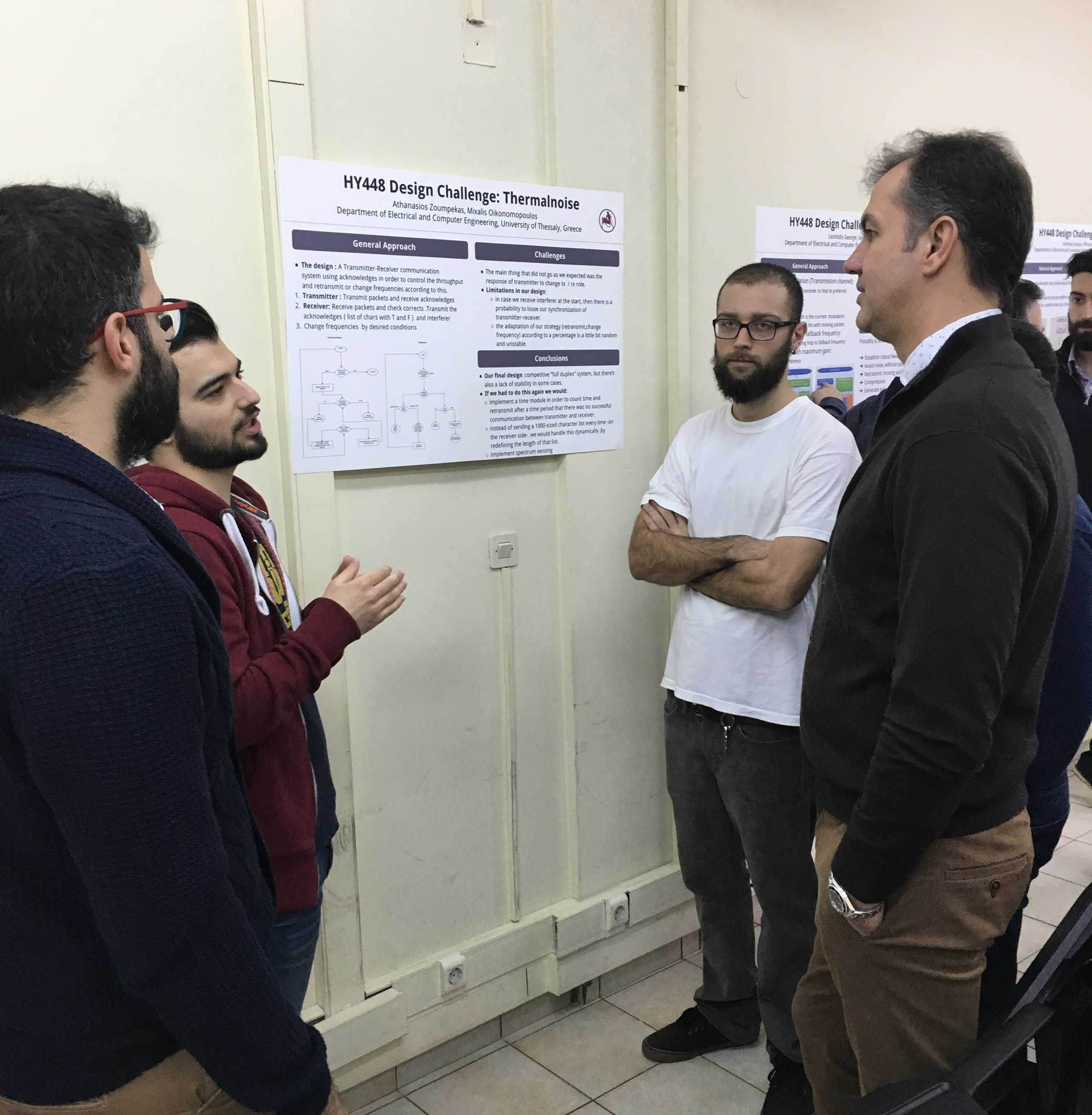

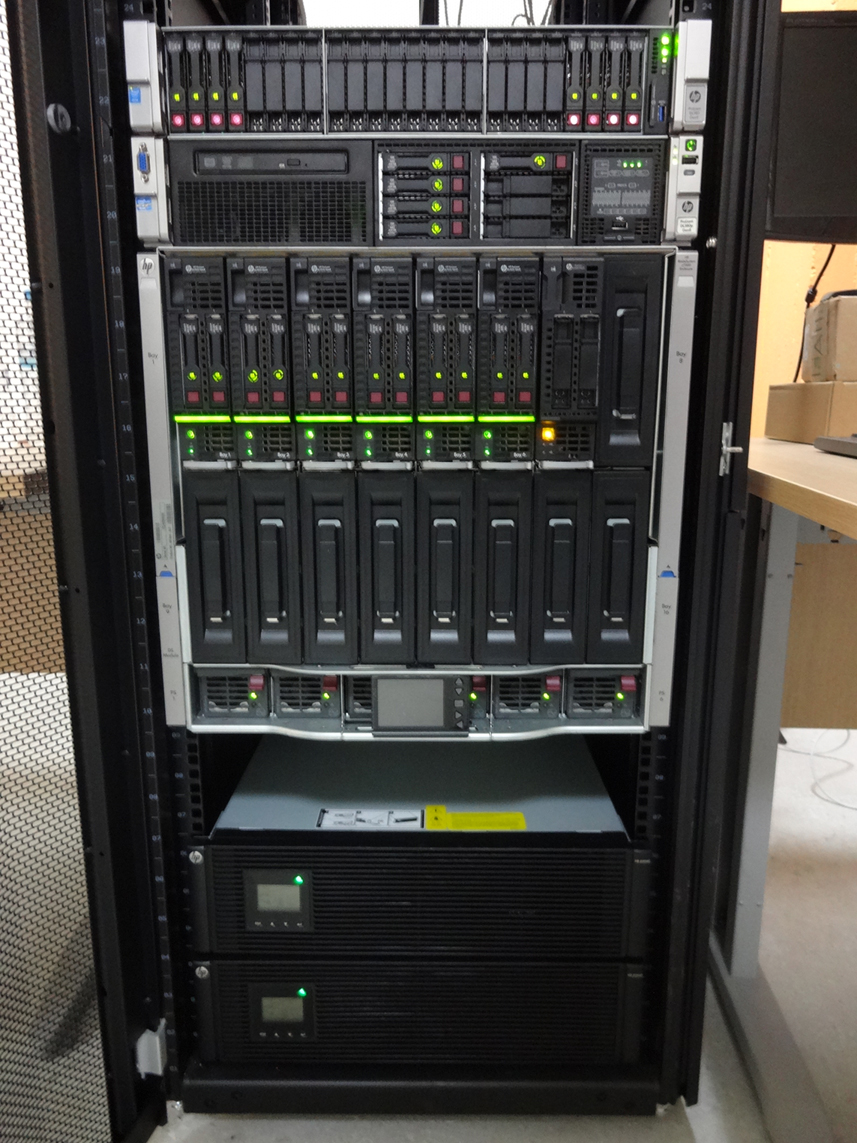 Each blade server has
Each blade server has